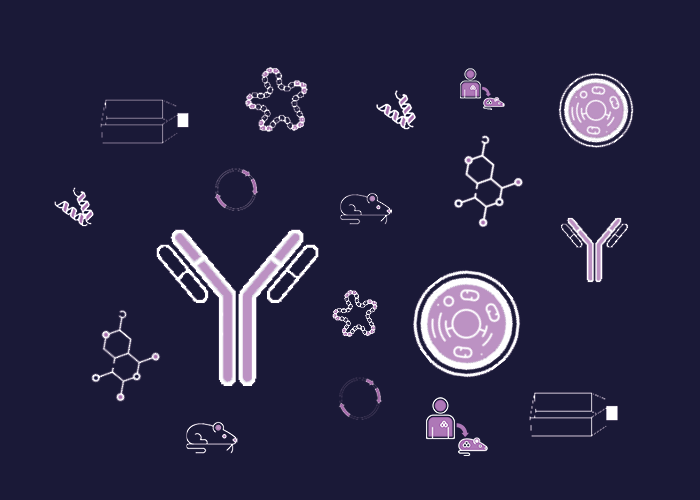
Cat. #161022
NCI/ADR-RES Cell Line
Cat. #: 161022
Availability: 8-10 weeks
Organism: Human
Tissue: Ovary
Disease: Cancer;Ovarian cancer;High Grade Serous Epithelial Ovarian cancer
£575.00
This fee is applicable only for non-profit organisations. If you are a for-profit organisation or a researcher working on commercially-sponsored academic research, you will need to contact our licensing team for a commercial use license.
Contributor
Inventor: Kenneth H. Cowan
Institute: National Cancer Institute
Primary Citation: Batist G, et al. J Biol Chem. 1986 Nov 25;261(33):15544-9. PMID: 3782078
Tool Details
*FOR RESEARCH USE ONLY (for other uses, please contact the licensing team)
- Name: NCI/ADR-RES Cell Line
- Cancer: Gynaecologic cancer
- Cancers detailed: Gynaecologic cancer;Ovarian
- Research fields: Cancer
- Parental cell: OVCAR-8
- Organism: Human
- Tissue: Ovary
- Donor: Female, 64 Years
- Disease: Cancer;Ovarian cancer;High Grade Serous Epithelial Ovarian cancer
- Growth properties: Adherent
- Crispr: No
- Description: The NCI/ADR-RES cell line is a multidrug-resistant human ovarian cancer cell line derived from the OVCAR-8 parental line. It is widely used in cancer research to investigate mechanisms of chemoresistance, particularly those involving the overexpression of the MDR1 gene, which encodes the drug efflux transporter P-glycoprotein. This cell line is part of the NCI-60 panel developed by the U.S. National Cancer Institute and serves as a valuable model for evaluating anticancer agents and studying strategies to overcome multidrug resistance. Notably, NCI/ADR-RES was previously misidentified as a derivative of the MCF-7 breast cancer cell line and referred to as MCF-7/ADR, a misclassification that was later corrected through molecular and genomic profiling.
- Production details: The MCF-7/ADR cell line was first described in 1986 by Batist et al., who developed it by exposing the MCF-7 breast cancer cell line (mis-identified) to increasing concentrations of the chemotherapeutic drug adriamycin (doxorubicin). This process led to the selection of a stable, multidrug-resistant subline that overexpressed P-glycoprotein (MDR1/ABCB1), making it a widely used model for studying drug resistance in cancer.
- Additional notes: Spectral karyotyping of the 59 cell lines currently in the drug screen panel demonstrates that the Ovarian tumor cell line OVCAR-8 shares a large number of karyotypic abnormalities with the NCI/ADR-RES line.
- Cellosaurus id: CVCL_1452
Handling
- Format: Frozen
- Growth medium: RPMI 1640 + 10% FBS + 50 U/mL Penicillin + 50 μg/mL Streptomycin + 1.84 μM Doxorubicin (to maintain resistance phenotype).
- Temperature: 37° C
- Atmosphere: 5% CO2
- Shipping conditions: Dry Ice
- Storage conditions: Liquid Nitrogen
References
- Kunkel, et al. Cancer Res. 2024 Aug 1:84(15):2403-2416. PMID: 38861359
- Gholami, et al. Cell Rep. 2013 Aug 15:4(3):609-20. PMID: 23933261
- Ke, et al. Med Oncol. 2011 Dec:28 Suppl 1: S135-41. PMID: 21116879
- Liscovitch and Ravid. Cancer Lett. 2007 Jan 8:245(1-2):350-2. PMID: 16504380
- Adams, et al. J Transl Med. 2005 Mar 4:3(1):1. PMID: 15748285
- D A Scudiero, et al. J Natl Cancer Inst. 1998 Jun 3:90(11):862. PMID: 9625176
- O'Connor PM, et al. Cancer Res. 1997 Oct 1:57(19):4285-90. PMID: 9331090
- Batist G, et al. J Biol Chem. 1986 Nov 25:261(33):15544-9. PMID: 3782078.


